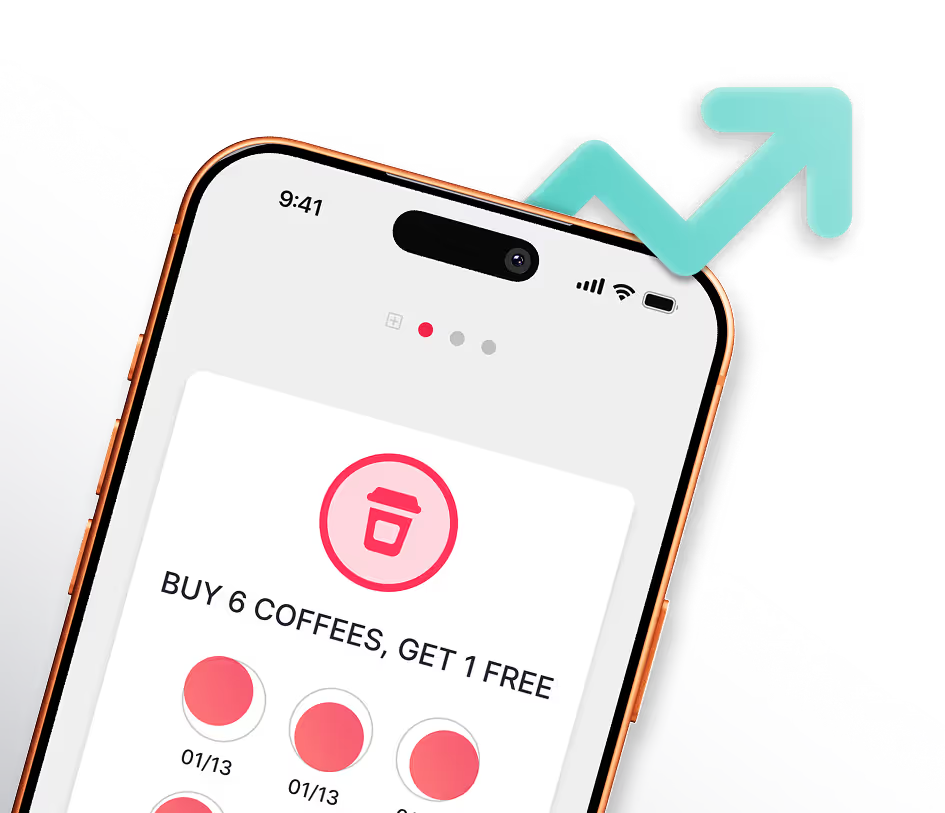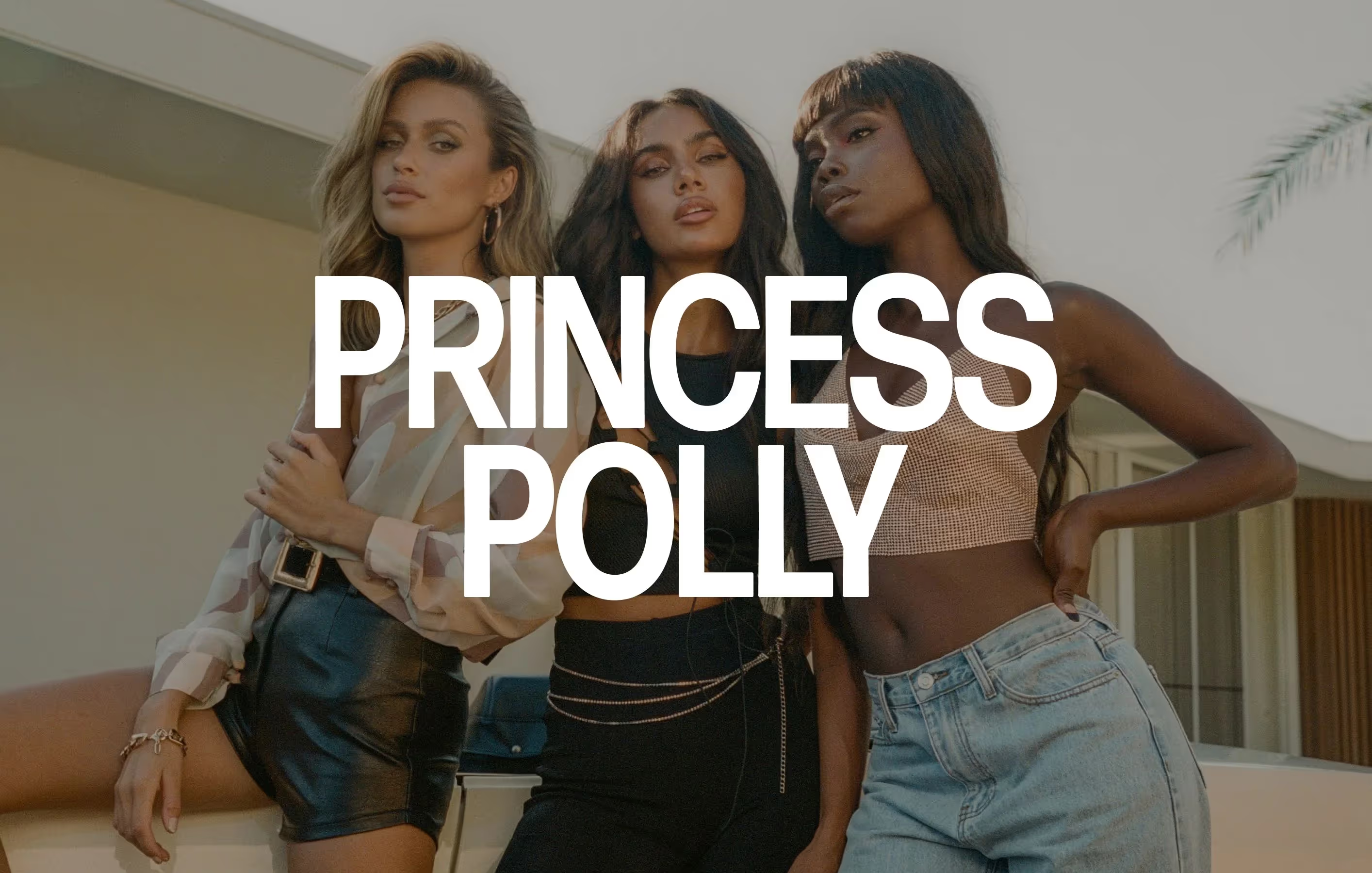How to Use Social Media to Improve Customer Loyalty

Want a quick summary? Check out this 1 minute video!
Loyalty marketing has never been more important than it is right now. This pandemic has forced a major shift towards digital, and many businesses are re-evaluating how to use social media to improve customer loyalty.
As one of the numerous touchpoints that brands use to engage their customers these days, social media helps to create an omnichannel experience for the consumer.
This is especially true for millennials, which currently account for over 90% of global social media usage, and whose collective spending power now exceeds $1.4 trillion. It’s also worth noting that 95% of internet users between the ages of 18 and 34 follow at least one brand on social media.
Put all of this information together, and it’s clear that businesses need to ensure their social media marketing and customer retention strategies are working hand-in-hand.
So… want to know how to use social media to improve customer loyalty? Read on!
1. Make social media engagement an integral part of your promotional campaigns

Instant prize draws, high-stakes competitions and other exciting promotional campaigns should already be a vital part of your brand’s marketing. Long before the internet, it was already a highly effective method for rapidly building hype around your business.
However, when you run these kinds of campaigns in such a way that social media engagement is required, you’ll be blown away by how fast this can jump-start online participation, and boost your social media following as a result.
Having customers post images or videos of themselves using your brand’s products or services is easy to incentivize, and a surefire way of spreading brand awareness without resorting to traditional (and costly) advertising.
Shoe retailer Foot Locker executed this technique perfect with its HORSE with Harden social media marketing campaign in 2014.
Internet users around the world were invited to post videos of themselves taking three-pointer basketball shots on various social media channels, along with the campaign’s assigned hashtags.
Upon the event’s conclusion, entrants could watch NBA legend James Harden compete against their submissions in a live stream provided by Foot Locker, essentially creating a worldwide online game of HORSE.
The competition was designed to promote Foot Locker’s new digital loyalty app, which was incorporated into the campaign and saw a rapid increase in registrations due to the HORSE with Harden challenge.
Obviously, not every business has the scope to carry out a social media marketing stunt of this size, but this example demonstrates how you can use social media to engage customers in creative ways.
2. Use social media to reward engagement, rather than simply spending

The concept of loyalty marketing tends to get pigeonholed as “repeat spending”. But while the ultimate end-goal of loyalty marketing is definitely to increase revenue and boost sales, customer engagement is the way to achieve this.
For business owners wanting to know how to use social media to improve customer loyalty, the first thing you can do is allow customers to sign up for your loyalty program with their social media profiles.
Not only does it make the signup process quicker and easier for the customer, but it allows you to link their social media activity with your rewards program.
This means you can offer customers loyalty points towards their next reward for things like sharing your brand’s content (written articles, video tutorials and so on) and generally becoming an online ambassador for your business.

Cosmetics brands in particular have been doing this for years now, and the L’Oreal Worth It Rewards program doesn’t just reward members for sharing content… it rewards you for creating original content on L’Oreal’s behalf. This is, quite frankly, ingenious!
Without spending any money on advertising, L’Oreal has managed to get its customers writing online product reviews, posting make-up tutorials on YouTube, referring friends and sharing existing L’Oreal content – all this in exchange for some loyalty points.
Referral is also a very important behavior to incentivize, as more than 80% of consumers trust peer recommendations over traditional advertising.
3. Provide your customers with social currency, by offering experiential rewards

Among its many other purposes, social media allows users to enhance their public image and share the funner moments of their lives with their friends and family.
The average person isn’t going to post an image, video or blog that depicts them receiving a 20% discount from a local business.
However, replace these discounts with experiential rewards (even small ones) and your customers are far more likely to share content about it on their social media pages.
Not only does this help to spread brand awareness to a fresh audience for absolute free, but it also acts as a platform for businesses to reflect their core values.
By angling your experiential rewards to support other independent local businesses, have zero environmental footprint and support good causes, you can convey your brand’s good corporate citizenship.
Florida smoothie bar Good Vibes Juice Co encourages its customers to repurpose their used glass smoothie jars for various things around the house or garden. If you post a picture of this and tag the business, they’ll repost it on their own social media pages.
While this is a small and easily manageable gesture, it provides customers with a thrill and generates hype around the brand online, while also broadcasting the brand’s dedication to recycling and sustainable practices.
This strategy gives customers something to post on social media about, rather than simply operating off a simple “Buy X, Get Y” model.
4. Gamify your social media marketing processes

I’ve used this example before, perhaps because it was such a simple yet effective approach to product promotion on social media.
To announce that it was introducing a new “pretzel-flavored” M&M, Mars posted a Where’s Wally-style image with the caption, “Oh no! I’ve lost pretzel guy! Can you help me spot him?”
Of course, it’s hard to scroll past an image like this once you’ve started searching for the pretzel guy, and the puzzle aspect of this image was enough to separate it from being “just another social media ad” in people’s minds. The post was shared over 6000 times and seen by countless consumers all over the world.

Media companies that have embraced this style of gamified marketing have seen a 30-40% increase in their online customer interactions.
Of course, at Stamp Me, we recommend that you gamify more than just your marketing campaigns. Learn more about How to Use Gamification as a Customer Retention Strategy in our other article.
5. Offer customer support through your brand’s social media channels

This final point isn’t so much a strategy for how to use social media to improve customer loyalty, as it is just good business practice.
As much as business owners like to think so, the customer experience can’t always be sunshine and rainbows. When considering how to use social media to improve customer loyalty, make sure you have a plan in place for rectifying mistakes and issues in an efficient and reliable manner.

Consumers are increasingly turning to brands’ social media pages for support, so make sure these channels are being monitored and manned at all times. When issues are addressed efficiently and satisfactorily, a brand’s customer advocacy can increase up to 25%.
For bigger brands, it might be feasible to consider chatbots and other technological innovations to help ensure 100% customer satisfaction, whereas small independent businesses will benefit from simply having a schedule for checking social media messages and product review sections.
When learning how to use social media to improve customer loyalty in 2023, remember – focus on engagement, not spend!

This is true of all loyalty marketing. The best way to create an emotional connection between the customer and your brand is to find new and innovative ways to engage them.
A digital loyalty program should not purely be a means for rewarding repeat purchases. By using social media to directly engage your existing customer base in the ways mentioned above, businesses can create a culture around their brand and drastically increase the average customer’s lifetime value.
More Posts

It’s often more than you think. Plug in your daily customer numbers to see your potential returns instantly.






.webp)